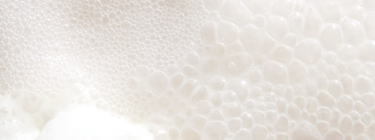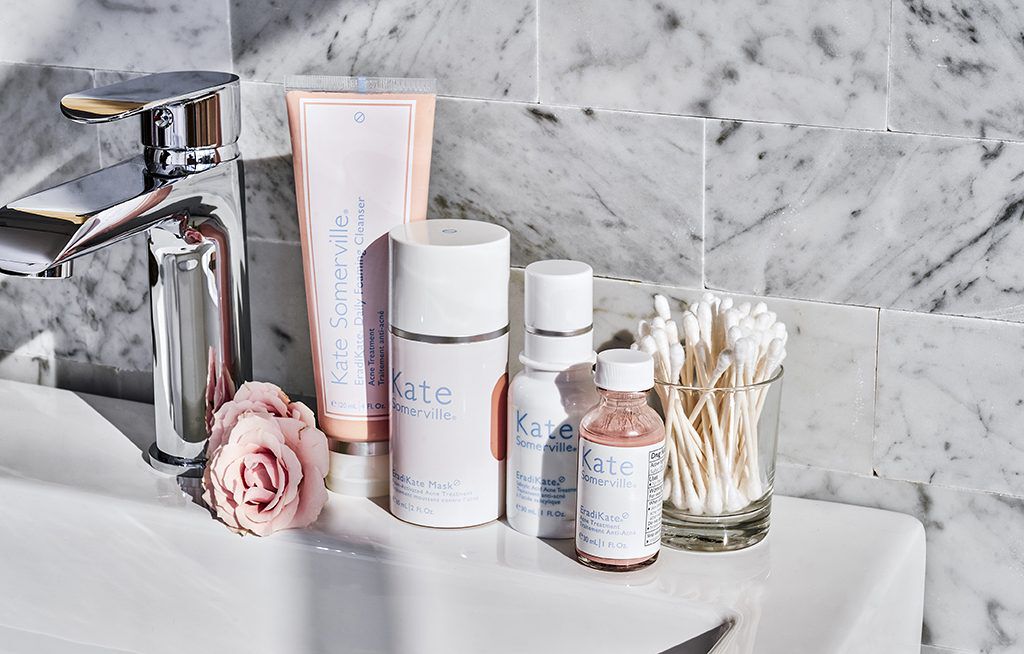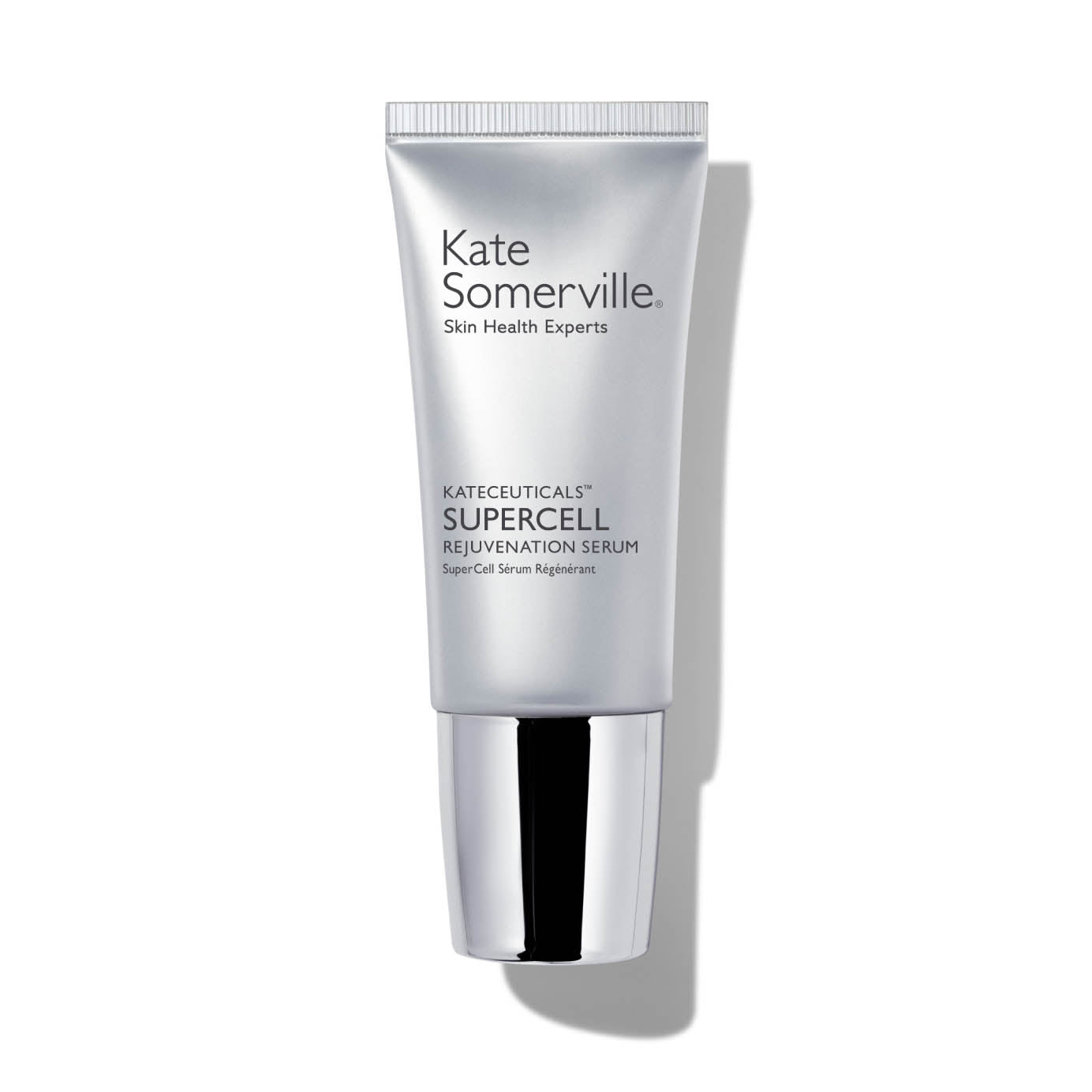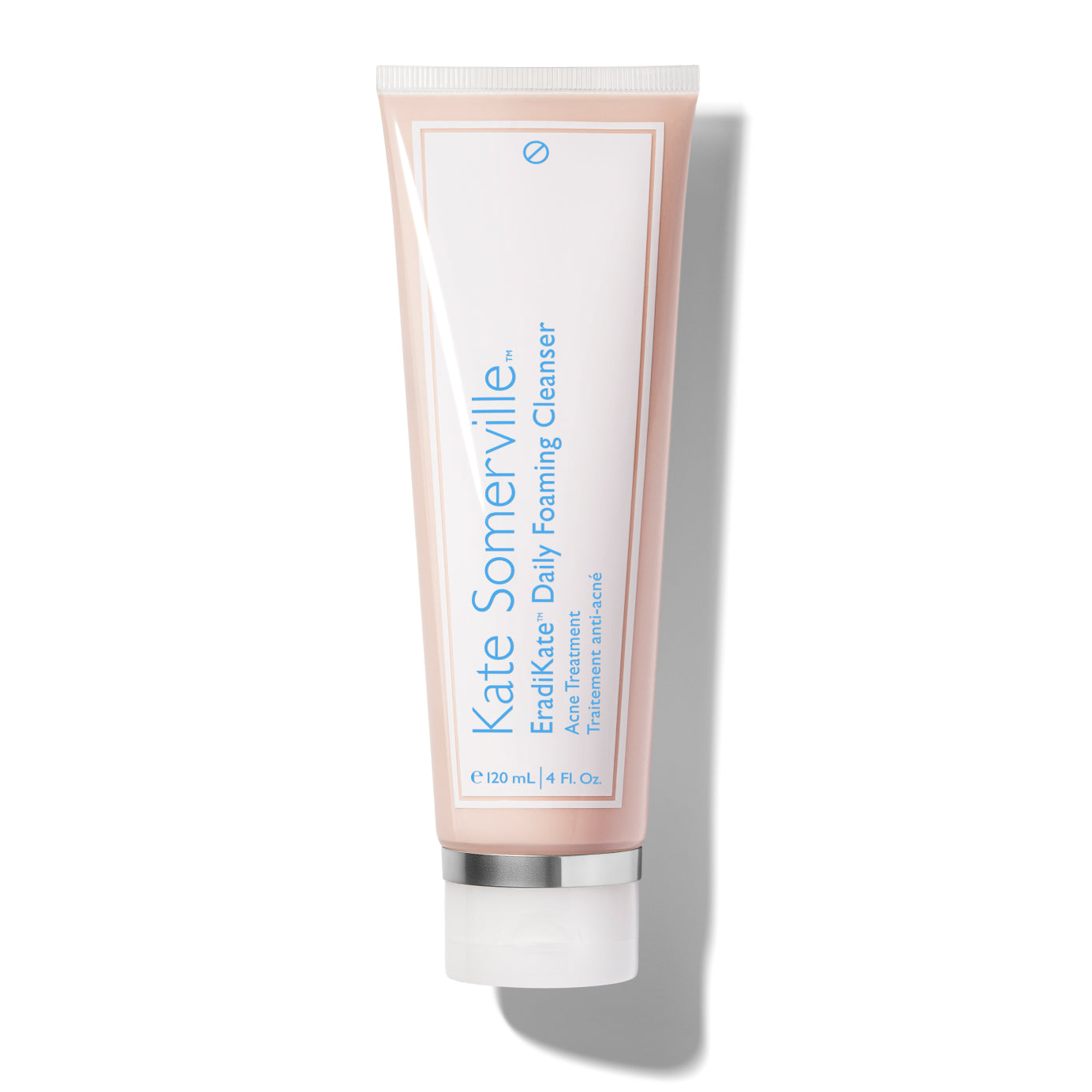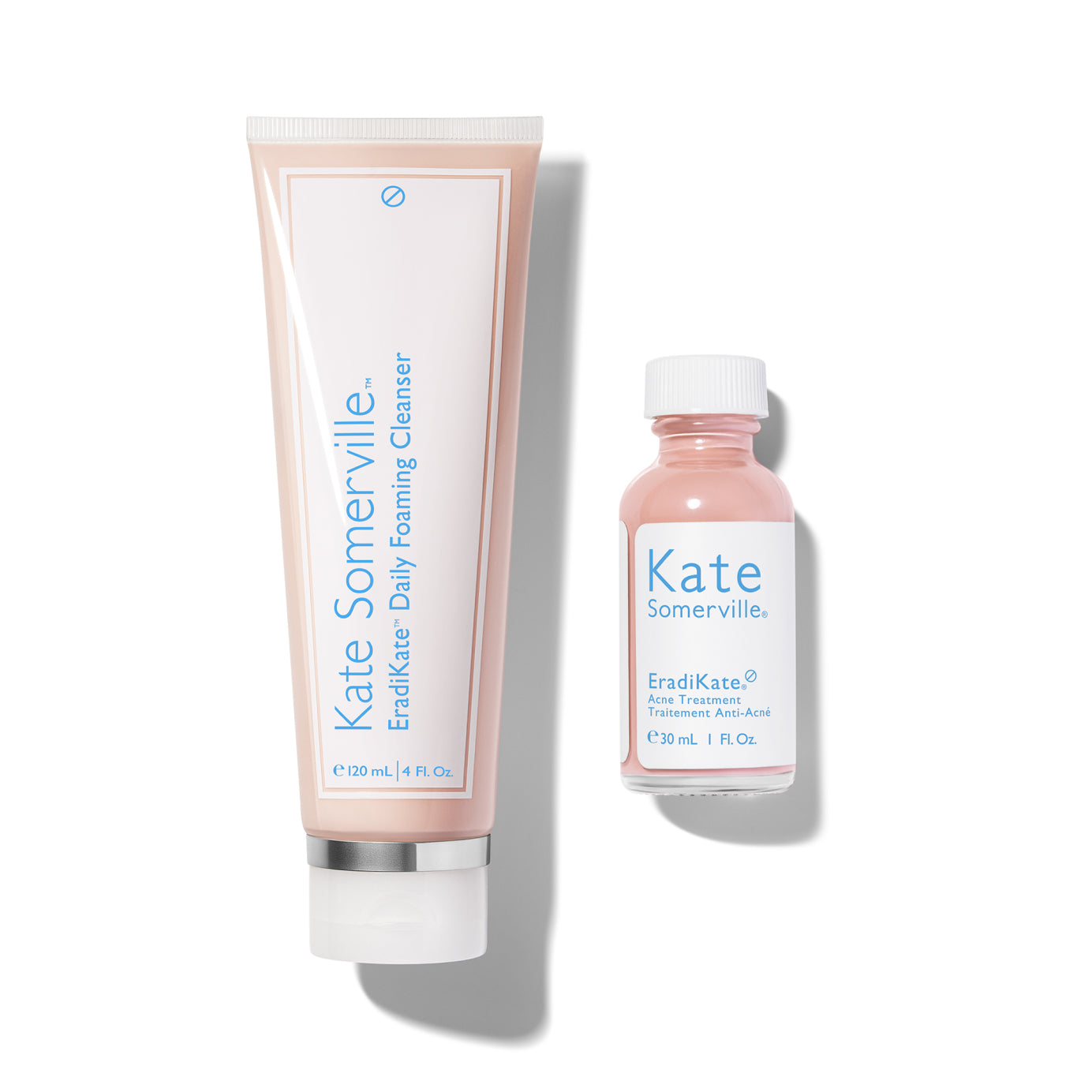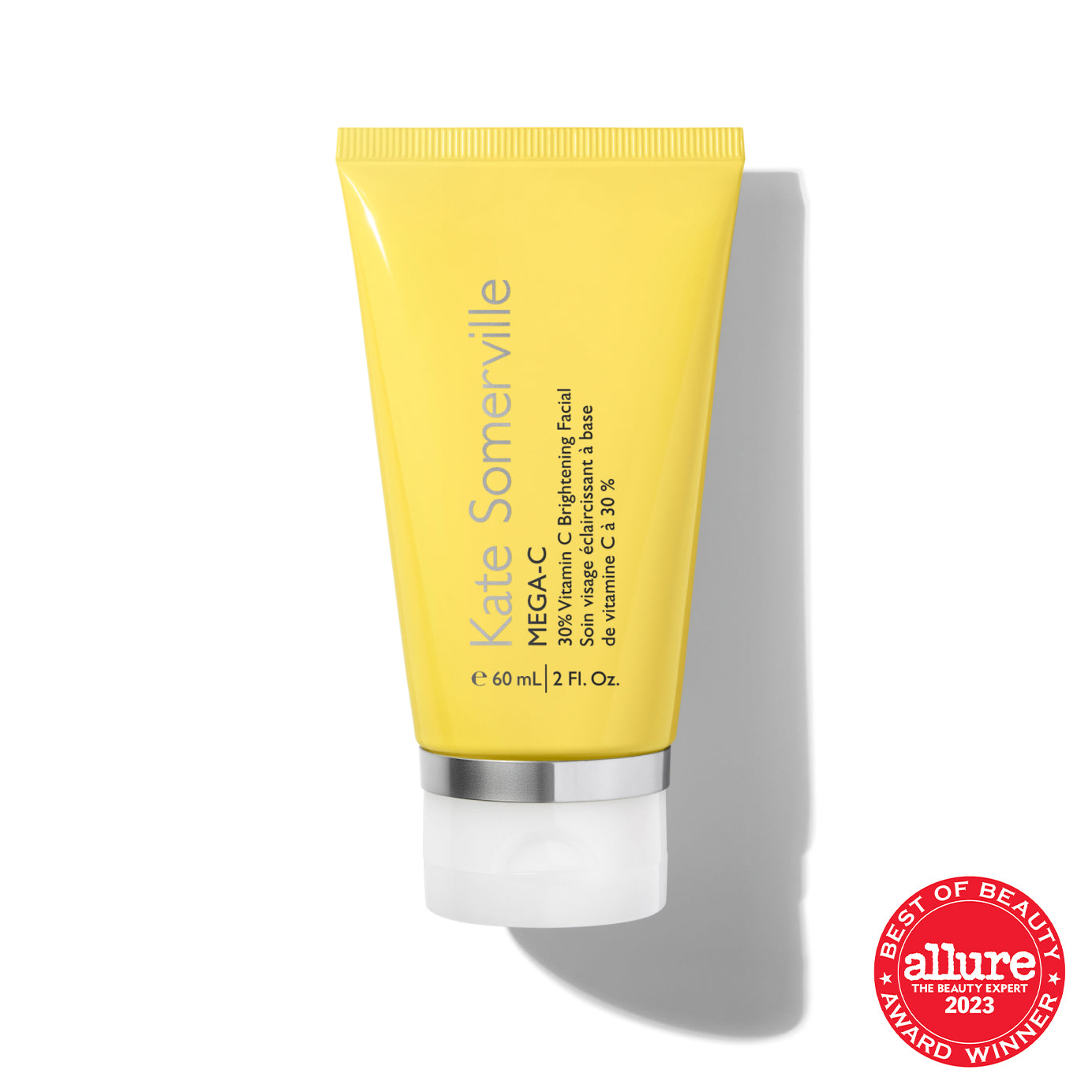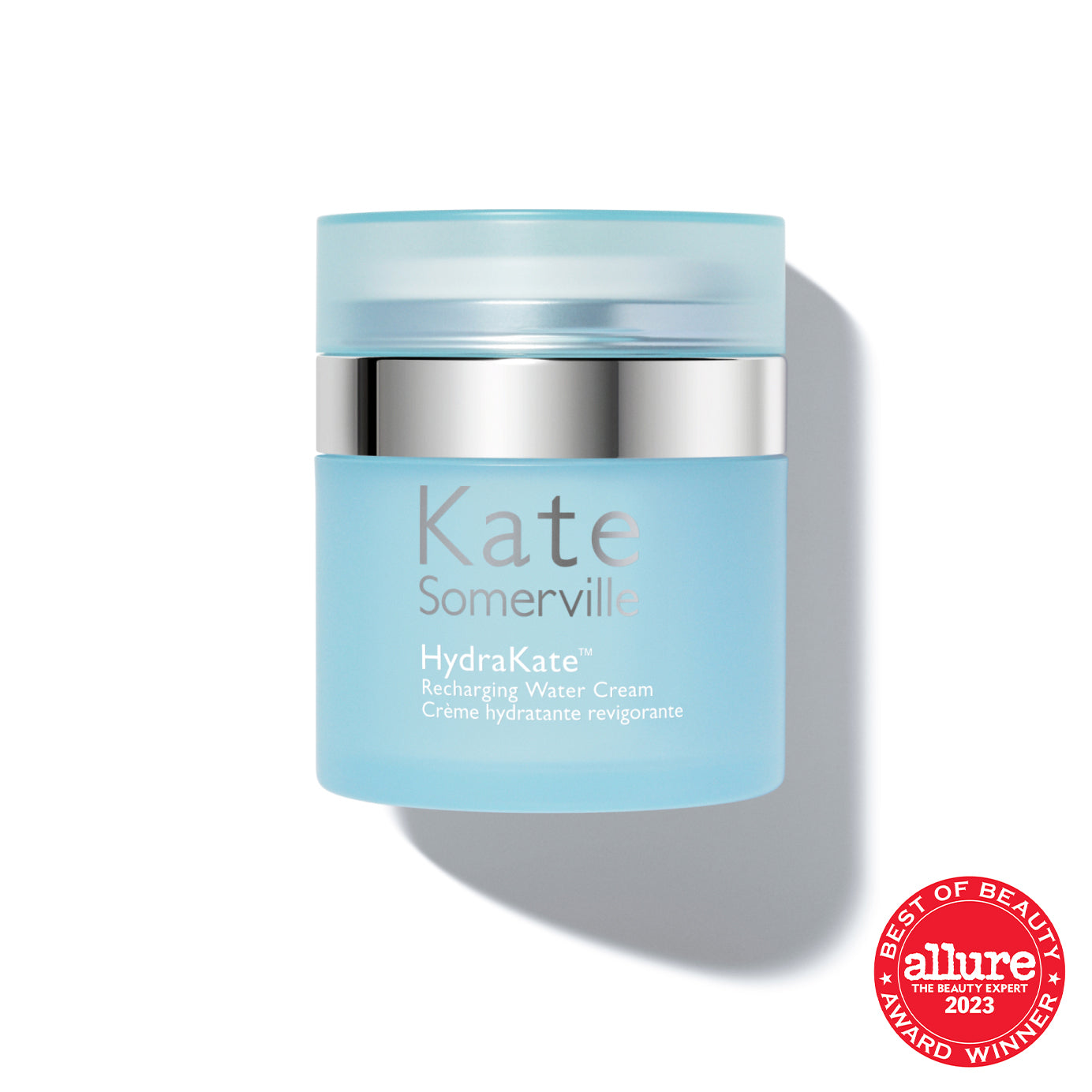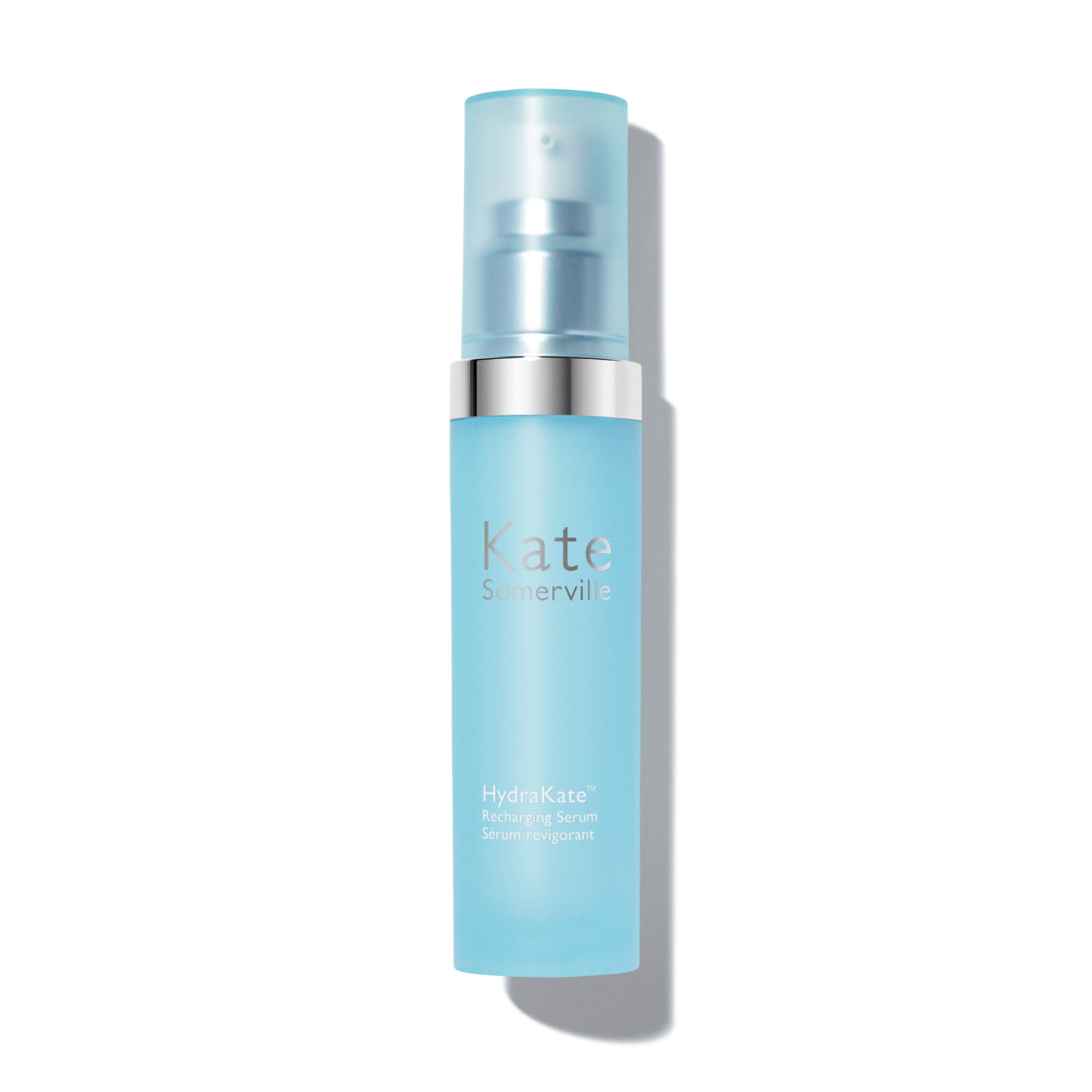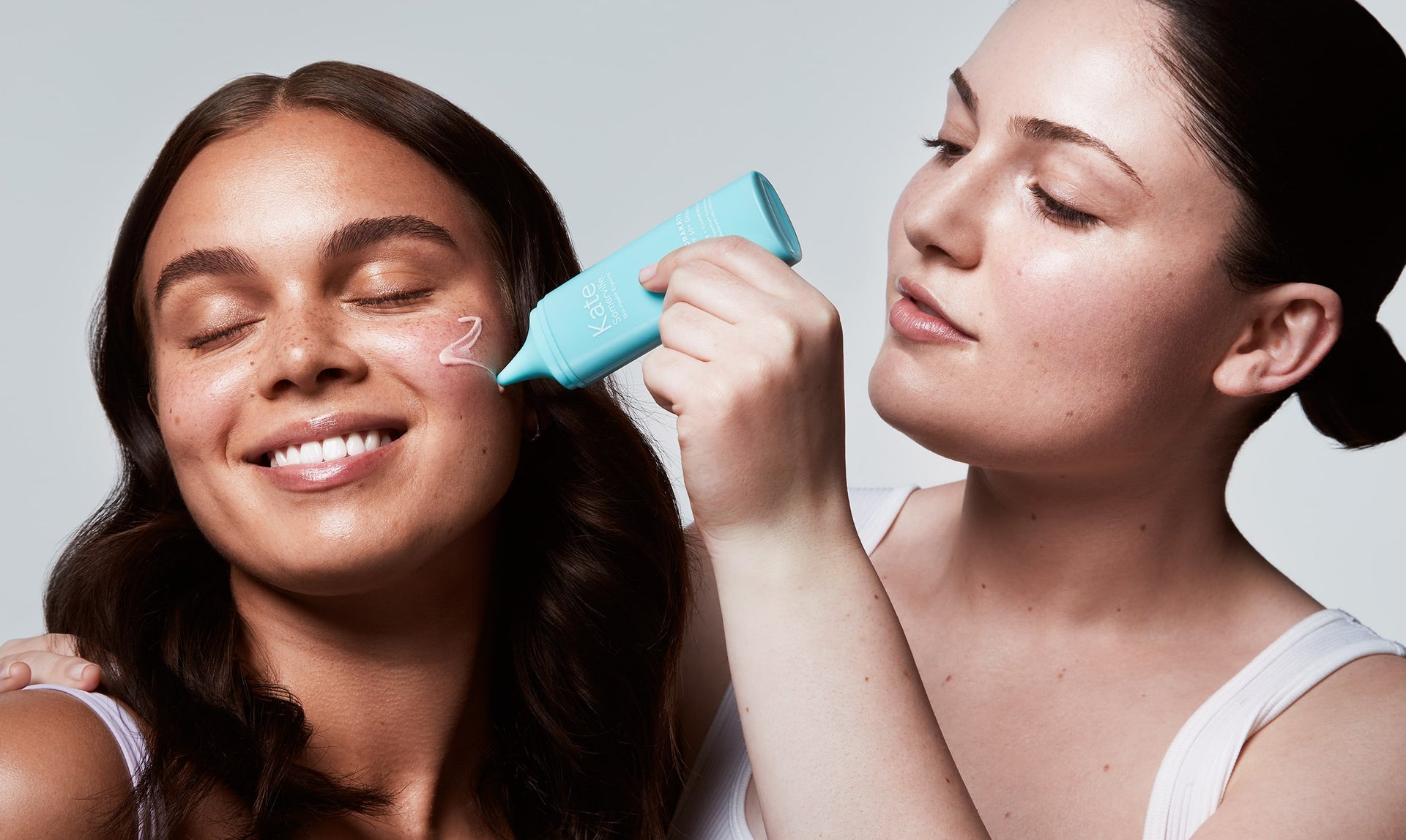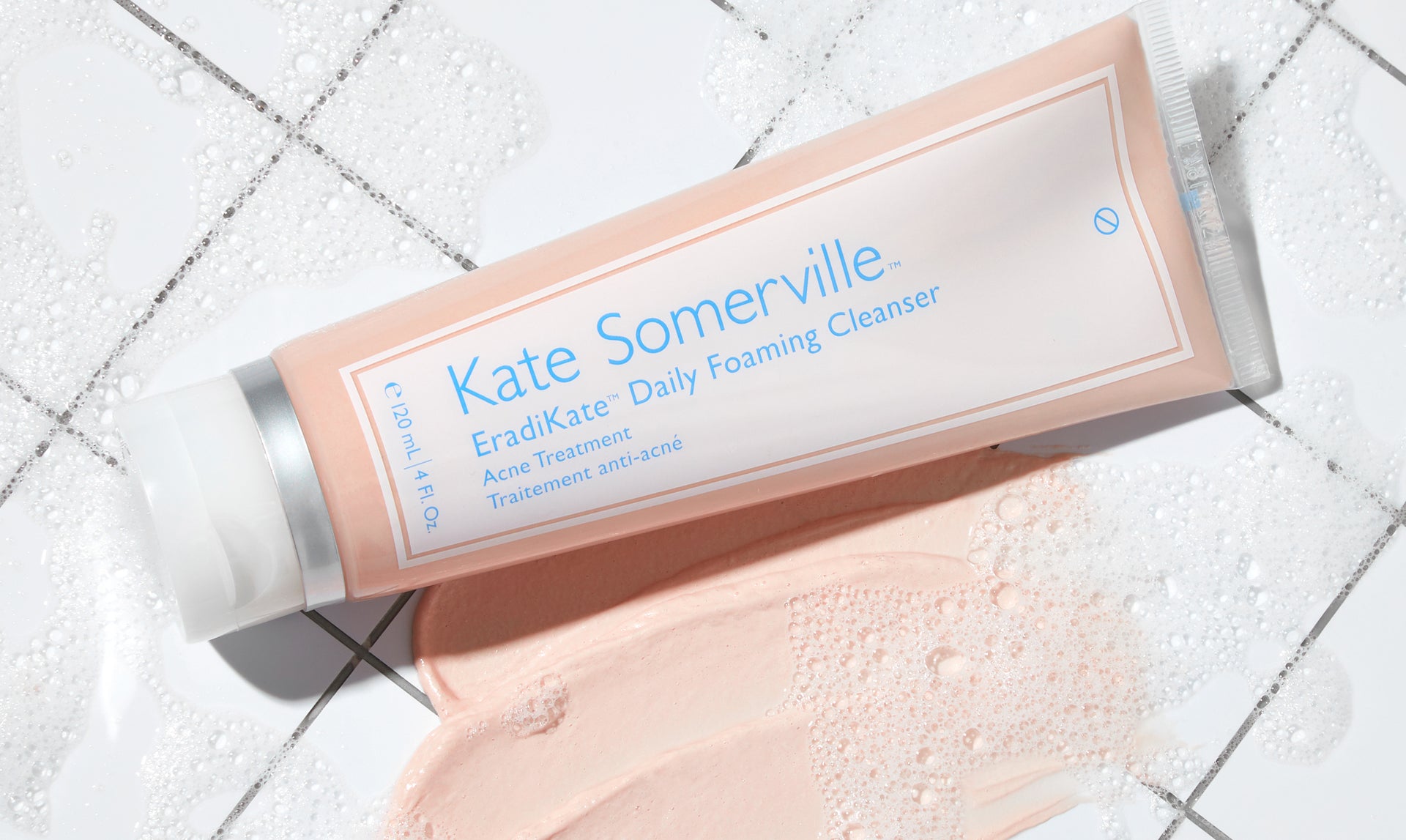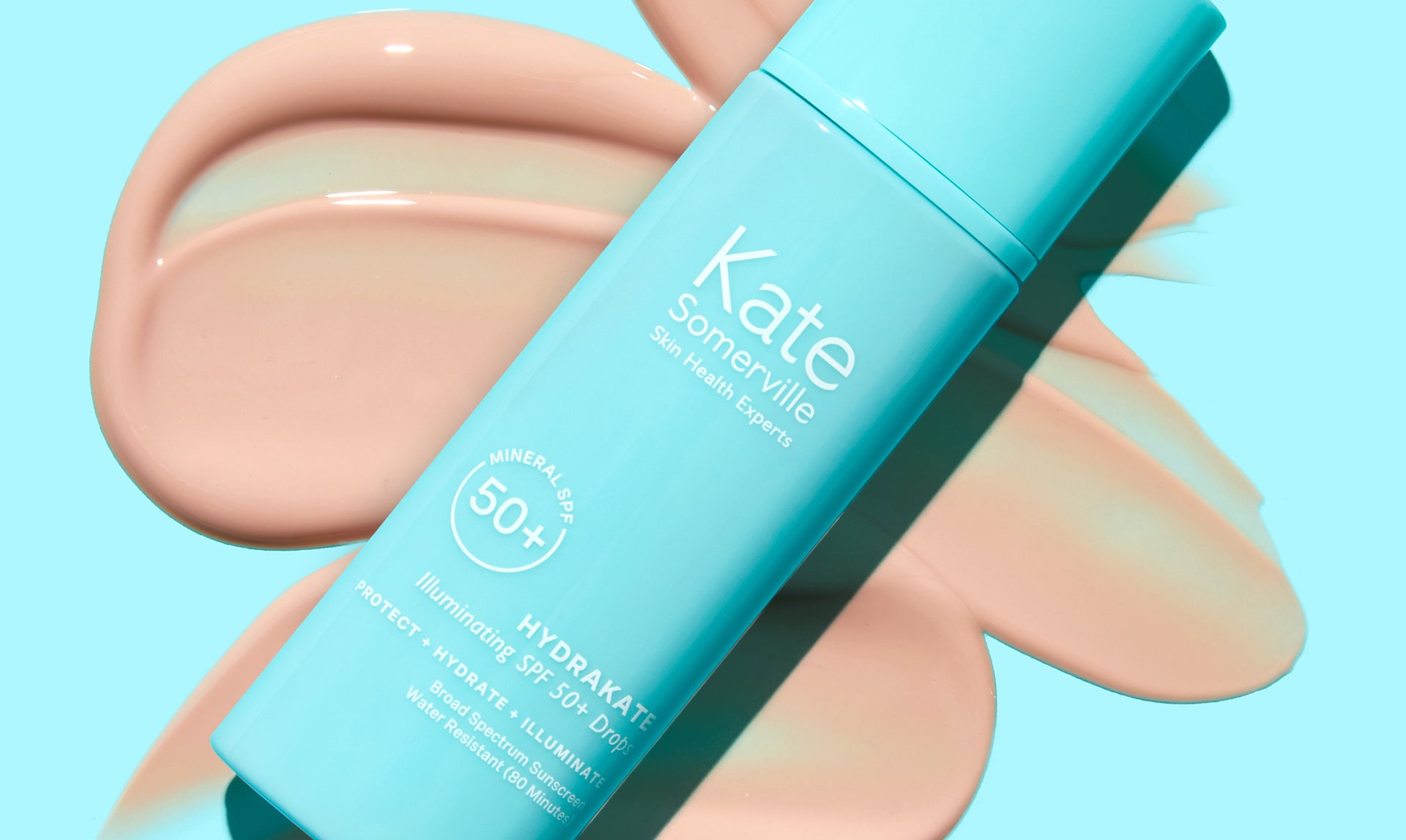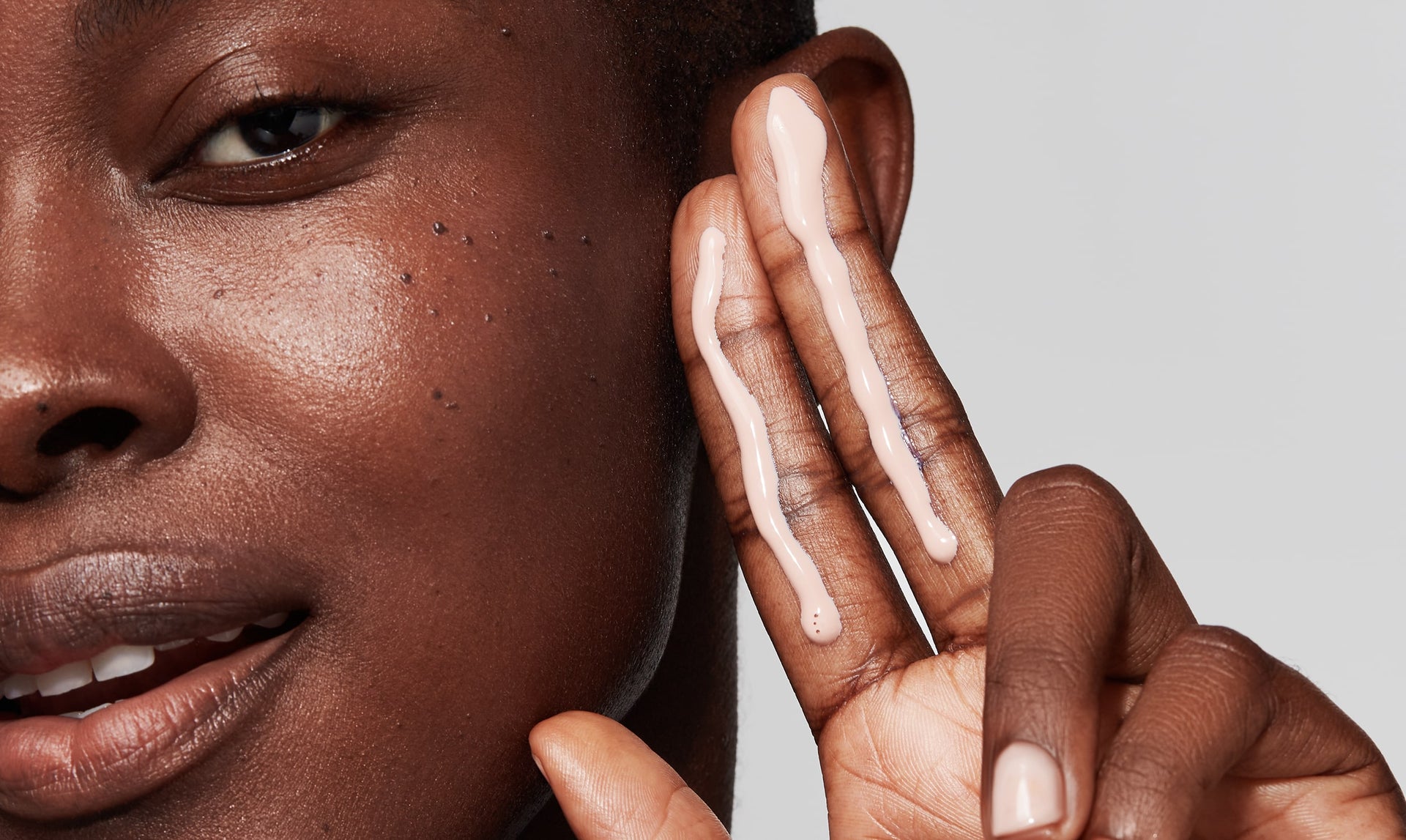Unless you have always had a fond interest in skin care products, all of the information and products available on the web can be incredibly overwhelming to dive into. The sheer number of products available is overpowering, let alone trying to figure out what each product does, how to layer them on your skin, and why you should even care about it in the first place. Unfortunately, your skin is exposed to many harsh elements from the environment to our diets to your body’s own hormonal changes to fight it all on its own. When implementing a complete skin care regimen into your morning routine, it’s important to utilize products made for your skin type. That’s exactly why we’ve created collections of skincare for sensitive skin, dry skin, acne prone skin, and anti-aging. By utilizing a skincare routine made for you and your skin’s needs, you are setting yourself up for success for achieving healthy, glowing, and younger-looking skin day in and day out.
The good news is you do not have to figure this out alone and we are here to help you sift through all the information that’s available. At Kate Somerville, we work with our clients every day to help them create the perfect skin care steps for their unique skin type and goals. Just because you might not be able to walk into our clinic, does not mean you shouldn’t get the same luxury treatment and attention. To help you get started, we’ve developed this extensive guide on how to make your own unique skin care regimen.
The Products to Build a Regimen
Before we can talk about your face regimen order, you will need to understand the types of product that make up a complete skincare routine. Each product has a specific function, but the exact ingredients will vary by the brand you purchase.
Oil-Based Cleanser
It sounds counterintuitive but using an oil-based face wash actually helps to remove excess oil from your face. So these products can be especially effective for those with excessively oily skin. An oil-based cleanser will also help to remove any makeup and environmental pollutants your skin was exposed to throughout the day. If you have acne prone skin, this type of face wash is a great acne cleanser.
Water- Based Cleanser
A water-based cleanser will help you remove any lingering dirt and residue that the oil cleanser was not able to completely remove. This double cleansing method has become extremely popularized in the past few years and with good reason - it works! Proper cleansing has been shown to help slow signs of premature aging [1].
Exfoliator
Using an exfoliator, whether physical or chemical, helps to loosen up and remove dead skin cells from the surface of your face. If left to linger on your skin, the cells would begin to clog up your pores and cause breakouts [2]. Mistakenly, many are under the impression that exfoliation should only occur when they have an active breakout and to avoid the process completely if you have sensitive skin. However, exfoliation is a safe and crucial step for every skin type, you just need to monitor your skin’s reaction and adjust the frequency with which you exfoliate accordingly.
Toner
Toners are often overlooked as an unnecessary step, but they are actually a powerful component in your daily skincare routine. They help balance your skin tone and get rid of pore-clogging dirt, debris, and makeup that your cleansers may have left behind. In addition, toners are designed to remove excess oils and balance your skin's pH, an incredibly important aspect for preventing breakouts. Plus, a toner may help to replenish any hydration lost during cleansing and prep the skin to better absorb all the active ingredients found in the products which follow.
Essences
Similar to the above, essences are a lightweight liquid that is designed to provide hydration to your skin and further prepare your face for any products that follow it. A facial essence may feel a little creamier than a toner and contains higher levels of active ingredients to help the product penetrate deeper into your skin, helping to rebalance your face post-cleanse and tone.
Serums
Serums have gained a lot of passionate followers in recent years because they can help address targeted skin concerns. In general, a serum contains only a few active ingredients (such as hyaluronic acid or salicylic acid) that are directed toward a specific outcome such as brightening the skin. These active ingredients tend to be more concentrated than what is found in other products, like a moisturizer, and the final product usually has a thicker oil-like consistency.
Spot Treatment
Applying a spot treatment can help to quickly address any active breakouts you may have. These products usually have the highest level of active ingredients, like benzoyl peroxide or sulfur, to help dry out any acne-prone skin. Because they have such a high concentration of active ingredients, these products should only be applied directly to the spot of skin that is affected by the breakout, not your entire face – hence the term spot treatment. Once applied, no other products should be applied to the treated areas of your face.
Eye Cream
The skin around your eyes is more sensitive and delicate than the rest of your face. So while eye creams may have many of the same ingredients as a regular moisturizer, they are formulated with lower, less potent doses of those ingredients [3]. Aside from providing moisture to that area of your face, the main purpose of an eye cream is to brighten the eye area and help minimize the appearance of fine lines.
Moisturizer
Similarly, a moisturizer is designed to hydrate the rest of your facial skin and can help to provide additional nutrients to your skin [4]. Regularly using a moisturizer helps to maintain your skin’s natural barrier against environmental stressors while keeping you looking young, fresh, and glowing. Keeping your face hydrated avoids your skin kicking into overdrive.
Sunscreen
Daily use of sunscreen is one of the most important steps in your skin care routine, without it you are exposing your face to unnecessary damage and increased risk of developing health issues such as skin cancer. Plus, continued unprotected exposure to the sun is linked to premature aging of the skin [5].
Sleep Mask
Not to be confused with a fabric eye mask, this skincare step was popularized by the Korean skincare community and is designed to seal in the rest of your products. A sleep mask is formulated based on the specific skin type and any skin concerns of the individual user but keeps the ingredients mild enough so that your skin can tolerate it overnight.
Selecting the Right Products
As you sift through the hundreds of thousands of products available to you, you will want to keep a few things in mind to make sure you are choosing the right ones for your skin. First, if you haven’t already, identify your skin type. The product you choose if you have oily skin will be very different than the ones you would choose for sensitive skin. That’s why it’s imperative to choose skincare for oily skin, dry skin, aging skin or whatever your specific skin concerns may be. Secondly, identify any specific skin concerns or goals you may have. As we discussed, some products, like serums, can help you to effectively address your concerns but you’ll need to know what they are in order to choose the right product. No matter yourskin type Kate Somerville esthetician Kelly Viavattine, recommends you include the following:
- Peptides
- Fruit Acids
- Hyaluronic Acid
- Vitamin C
- Retinoids
Finally, try some products out. Unfortunately, there is no real way to know how your skin will react to a product unless you give it a try. Your skin is a unique living organ so what works for your best friend, may not work for you and that’s okay. Be patient and you will find the products that work best for you.
Your Skin Care Routine Order
Now that you know all about the various products of a complete skincare routine, what they do and how to choose them, let’s talk about the order with which you should apply them to your face. In reality, the list of products above is generally the order in which you would apply the products with a few exceptions. Specifically, you may want to have a different routine for the morning than you do at night simply because some products, like sunscreen, do not need to be applied at both times of the day. Below we will build out an ideal morning and night routine, but when in doubt remember one simple rule… you always want to apply your products from thin to thick based on their consistency.
Morning Routine
A good morning routine will focus on removing products from the night before and preparing your skin to face the day. Here is what an ideal routine would look like:
- Oil Cleanser
- Water Cleanser
- Toner
- Essence
- Serum
- Eye Cream
- Moisturizer
- Sunscreen
If this seems like a lot, don’t worry! Some of these steps could be combined or eliminated if you are in a rush or are not able to purchase every product. For example, you will likely be able to find a daytime moisturizer which also contains SPF (sun protectant factor) ingredients allowing you to achieve two steps at once.
On a budget? You could eliminate an essence from your routine to keep your product list more wallet-friendly. No specific skin concerns? If you are happy with the way your skin looks and consider your routine to be more of a maintenance plan, you could also consider removing serums from your routine. The great thing about developing a skincare routine is that it is completely customizable to you!
Nighttime Routine
For your evening routine, you may choose to reuse some of the same products you applied in the morning, or you may decide to purchase additional products formulated for overnight use. It really is up to you. As a result, your nighttime routine may look something like this:
- Oil Cleanser
- Water Cleanser
- Exfoliator
- Toner
- Essence
- Serum
- Spot Treatment
- Eye Cream
- Moisturizer
- Sleep Mask
Not all of these steps should be completed every night, however. Exfoliation specifically, should only be done a few times each week depending on your skin type and the product you have selected. Similarly, a sleep mask can be used two to three times each week to provide a hydration boost; unless you have extremely dry skin, it is not necessary for daily use.
The same notes about your morning routine can apply to an evening regimen as well. You can choose to eliminate steps if you would like and find products that serve multiple purposes. Again, your routine is whatever you want it to be!
Equipped with more information, it is our hope that you feel less overwhelmed and more empowered to begin developing your own skincare routine. If you are still feeling a little stressed, try starting with just a three-step routine: cleanser, toner, and moisturizer. Then as you become more comfortable, add in additional steps. Just start somewhere, your skin will thank you by becoming healthier and more radiant than ever.
Sources:
- https://www.netdoctor.co.uk/beauty/skincare/a27307/double-cleansing-clear-skin/
- https://www.aad.org/media/news-releases/evaluate-before-you-exfoliate
- https://www.huffpost.com/entry/eye-cream-dermatologists_n_5ac23aade4b055e50acf3cdc
- https://www.utmedicalcenter.org/healthy-tips/103/the-importance-of-moisturizing/
- https://www.sciencedirect.com/science/article/pii/S0190962289702279
